A hidden gem in Murcia, Spain – Monastrell
Jul 30, 2013, Updated Dec 19, 2024
This post may contain affiliate links. Read more at our disclosure policy.
Arriving into Murcia, Spain, I wasn’t sure what to expect. What had been written about the region in the past didn’t shed much positive light on the wines, especially Monastrell — the regions signature varietal.
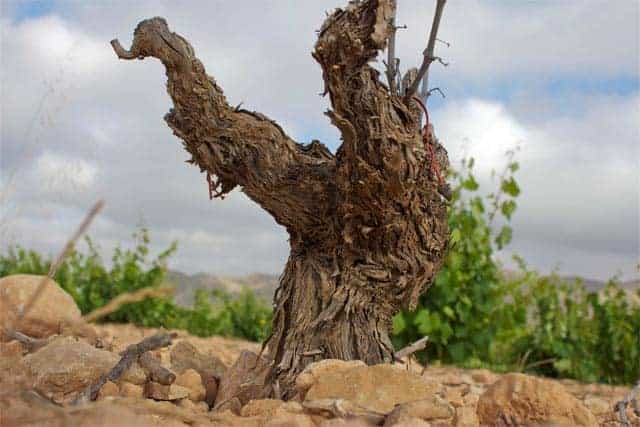
Table of Contents
I had recently become fond of a particular rosé from the region, and at the least I figured I’d discover some great value rose’s being produced here. And while I did indeed discover some lovely rosés more importantly what I found was that Monastrell is an absolute hidden gem, worthy of attention.
Flying into Alicante, in Spain’s southeast corner, we drove one hour southwest to get to Murcia (Spain’s 7th largest city). Our small group of writers was invited as guests of the regional development agency, Instituto de Fomento de la Región de Murcia. We were there to visit the three Denominación de Origens (DO) of Yecla, Jumilla, and Bullas.
Gazing out of the van’s window with my tired and jetlagged eyes I couldn’t help but notice a remarkable difference in the landscape. Instead of lush green rolling hills, the land resembles a desert. I was instantly reminded of Arizona, where I was born and raised, with low shrubs, straw like grass, and mostly barren mountains. The land is arid and hot, and beautiful as only a desert can express itself.
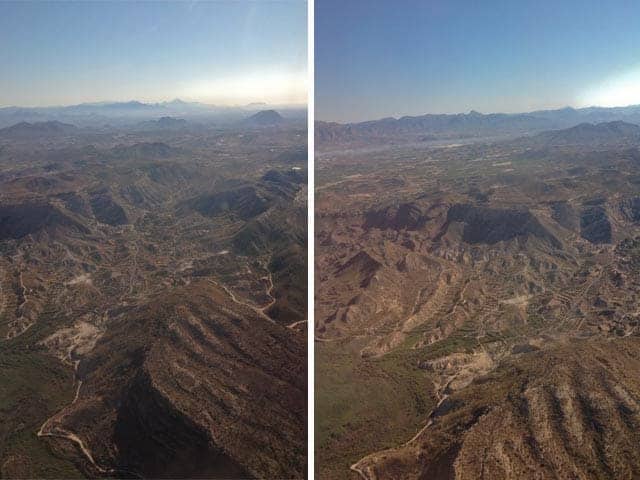
This did not remind me of your typical “wine country”, and I was becoming increasingly curious to see how that would reflect in the wines. The only other time I had experienced such a vastly different wine landscape was in Santorini, where I discovered some of the most memorable wines of my life and beauty like no other place in the world.
The air is dry and warm throughout the region, with summer temperatures often exceeding 100 degrees Fahrenheit in what is considered a semi-arid Mediterranean climate. Sun shines more than 300 days a year with very little humidity or moisture, and rainfall averaging only around 12 inches per year (compare that to vineyards in Oregon’s Willamette Valley that can receive anywhere from 40-45 inches of rain per year).
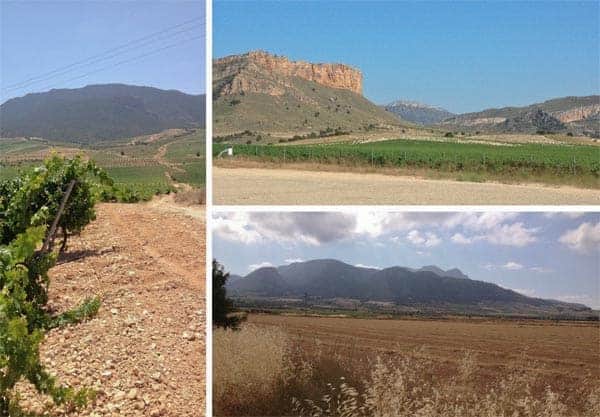
“For Monastrell to survive in these conditions is impressive,” mentioned Joaquín Gálvez, winemaker at Bodegas Carchelo located in the Jumilla DO. He went on to say, “How the grapes grow here defies what is typical. Grapes shouldn’t grow so successfully here”.
But they do. Especially Monastrell.
Monastrell is the second most planted grape variety in Spain (after Tempranillo), and 70% of all the worlds Monastrell (or Mourvèdre as it is called in France and elsewhere) is planted here.
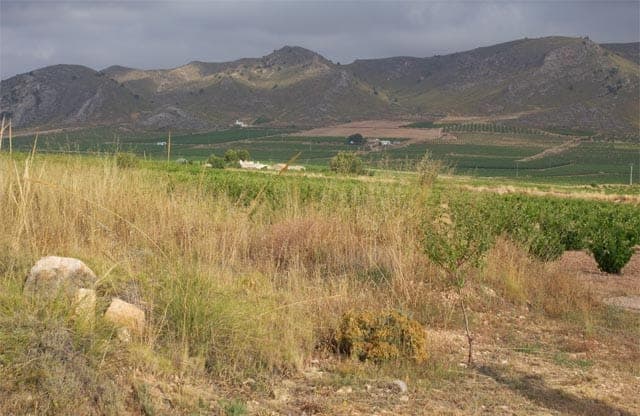
Monastrell History
Wine records of Monastrell date back to 14th century Spain, making its way into southern France (as Mourvèdre) roughly 200 years later, and eventually working its way to new world regions, Australia and California in particular (sometimes found under the name Mataro). Though Spain still makes the majority of the worlds Monastrell, it became known for quality as Mourvèdre in regions like Provence and southern Rhone.
Prior to the turn of the 21st century, Monastrell from Murcia and its sub appellations had a reputation for low quality bulk wine production; the stuff that was often sent to France and other neighboring countries to be blended into other wines to give it some color and body. Winemakers were making wine for masses not for quality. “Even the locals had little pride in their wines,” explains Daniel Gimenez Alba, French born winemaker living in Spain. The wines were described as rich and dark, low in acid, and high in tannin and alcohol.
After what I read about Monastrell prior to my visit I was prepared for heavy tannic bombs, with possibly a few exceptions. After just the first day of tasting in the Yecla DO I commented to another writer on our trip that I was shocked at how much the wines differed from my expectations.
Big time! Tannins were there, yes, but there was a freshness, lightness, and uniqueness to many of the wines (especially the unoaked ones) that was so refreshing and pleasing to my palate. I wanted more.
What Has Changed?
In the last two decades focus has been on quality rather than bulk quantity.
“Concentration is not over-extraction,” explains Gimenez. He described how winemakers began transforming the raw power of Monastrell into the elegant, complex yet fresh, and well-balanced wines we tried throughout our week exploring the region.
Characteristics of contemporary Monastrell are dark yet with ripe fresh fruit, aromatic herbs, spice, sweet dried fruit, and smoky earthy tones — all of which I experienced in the dozens of wines I tried from the ten different wineries we visited. They are unique to this underrated, and underpriced, region – great examples can be found as low as $10.
Whites, rosés, reds, and dessert wines are all produced here. The styles of the wines range from young unoaked fresh wines, to bolder oak aged crianza and reserva level wines, and even decadent dessert style versions, including an ice wine style produced at Hacienda del Carche.
Would you like to save this?
The unoaked versions (which I found myself more drawn to) tend to be fresh, with ripe fruit, and firm tannins that creep up on you in the finish, yet remain well balanced. I loved how fresh they tasted and discovered they are excellent wines for summer barbecues because of the freshness, fruit, and light mid palate, with tannins that allow them to stand up well to grilled meats.
I can’t even tell you how many times I wrote the word “fresh” on my notes. They are seriously my new summer go-to red.
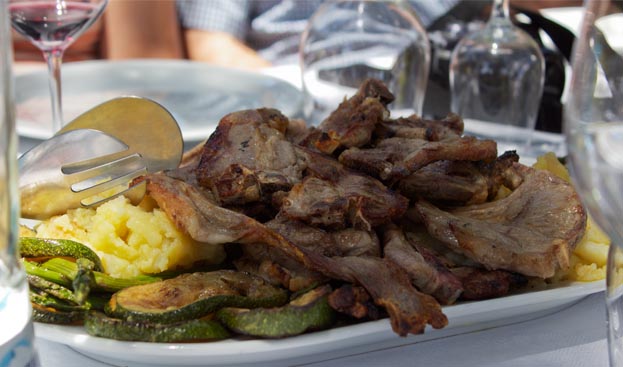
Grilled meat pairs remarkably well with Monastrell
Oaked versions can be smokey, sometimes gamey, with rich fruit and sweet vanilla. These versions provide more of an international appeal that would be a good place to start for those new to Monastrell. A few of the oaked examples came across a bit over the top for my taste, but the best examples showed nice restraint in oak usage.
When done right, aging Monastrell in oak can taste graceful without the oak becoming dominant. Bodegas Carchello, for example, produces a blend of Monastrell, Tempranillo, and Cabernet Sauvignon called “Sierva”, with dark, intense color and flavors, with a velvety texture but refrained oak. A big wine, but balanced. Winemaker Joaquín Gálvez explains, “I want the wood to be there but I want the fruit to be the protagonist.” A perfect description for this wine.
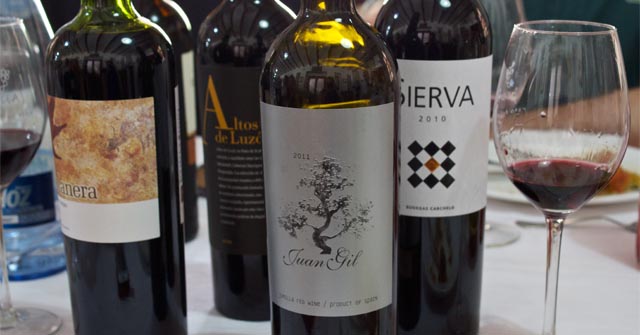
“Some people look for concentration, we look for freshness. And that’s what you’ll find in our wines,” Gálvez further explains. This is true for the wines of Carchelo as well as several others we experienced in the region. Not to sound like a broken record, but I loved discovering how fresh a red wine can be.
They are made in and for hot weather. Literally!
In addition, a large amount of the wines produced in the region are organic. “It’s quite simple to produce organic wines in Murcia,” mentioned Loren Gil of Bodegas Juan Gil. Why? The climate. Because of Murcia’s dry climate mold and mildew doesn’t present a problem the way it does in other regions. Therefore it is possible to be hands off in the vineyard and not have to treat the vines with chemicals.
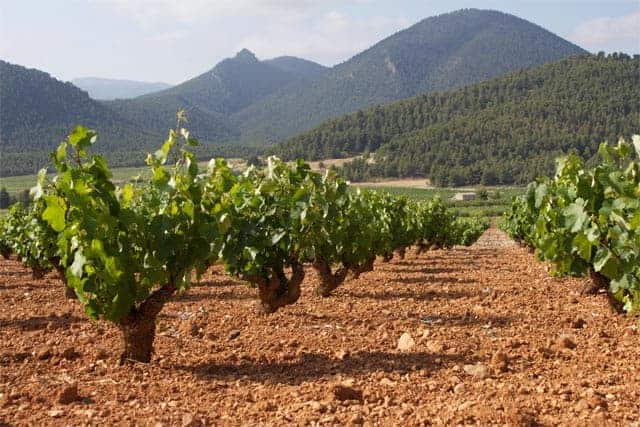
Wines To Seek Out
Some of these wines are on current vintage. We encourage you to seek them out at your local wine market or online purveyor.
2012 Bodegas Castaño Monastrell $9
Light, fresh, and fruity. The tannins hit you at the end making it nice for grilled meats.
Bodegas Hacienda del Carche “TAVS” $9
70% Monastrell, 20% Syrah, 10% Garnacha, this wine was remarkably fresh with jammy strawberry rhubarb fruit, almost Beaujolais like. A big fragrant nose that smells like a rosé but the body is clearly a red with a fuller body and firm tannins. Just lovely.
2012 Bodegas Bleda “Castillo de Jumilla” Monastrell $9
This unoaked 100% Monastrell has a fragrant nose of fresh strawberries and raspberries. At 14% alcohol the wine remains fresh with tight tannins. Another lovely BBQ wine at a great price.
2011 “Honoro Vera” (by Bodegas Juan Gil) $8
Made with 100% organic Monstrell grapes. Light body with savory tannins that hit you at the end. Available throughout the US. I even saw it at a wine shop near my in-laws in Rochester, NY.
2012 Bodegas Luzon “Luzon” $10
70% Monastrell blended with 30% Syrah. Lush, velvety, with fresh ripe fruit. Unoaked and an incredible value for such a well made wine.
2011 Bodegas Juan Gil “12 Meses” $15
100% Monastrell. Slight sweet vanilla, dark deep fruit, concentrated, a powerful wine, lush and bold. Watch that alcohol as it creeps up on you at 15%.
Thank you to the Instituto de Fomento de la Región de Murcia (INFO), Murcia’s Regional Development Agency, for sponsoring this incredible trip and to Mike Matilla of Argo Consulting and Maripaz López Alcantud, our gracious, patient, and awesome hosts for the week.
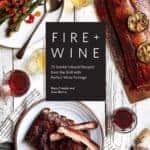

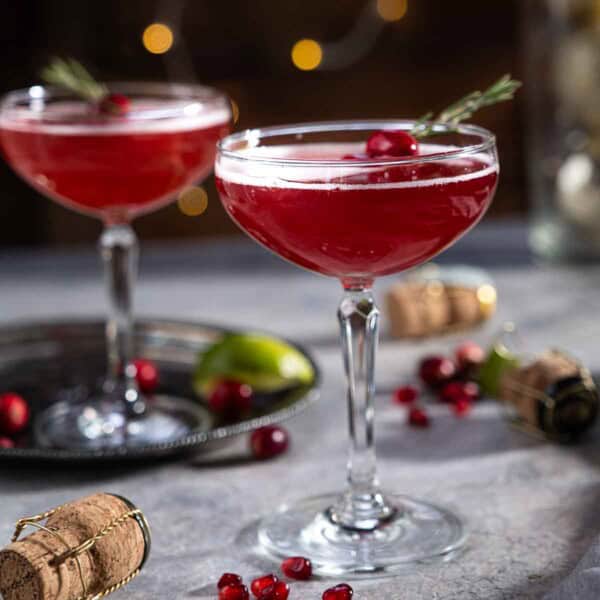
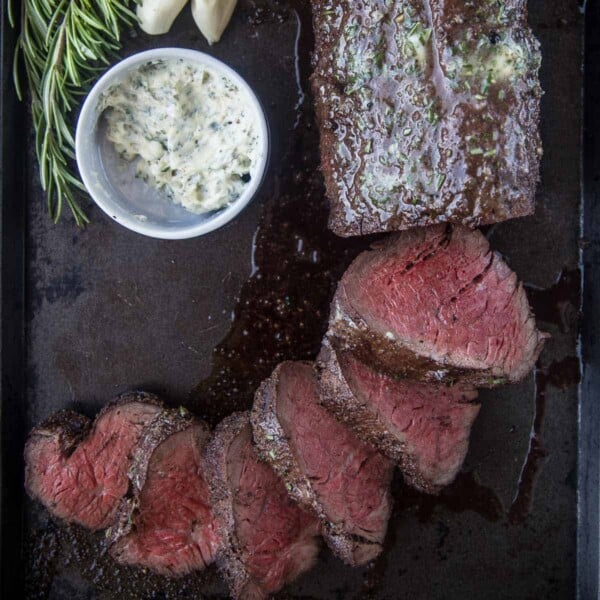
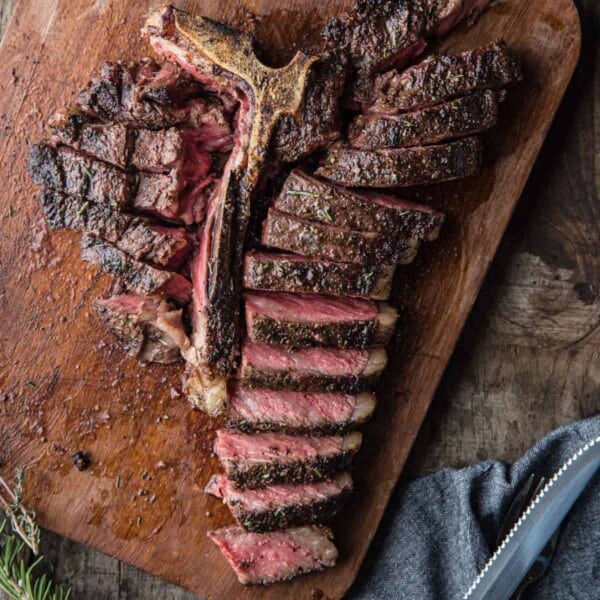
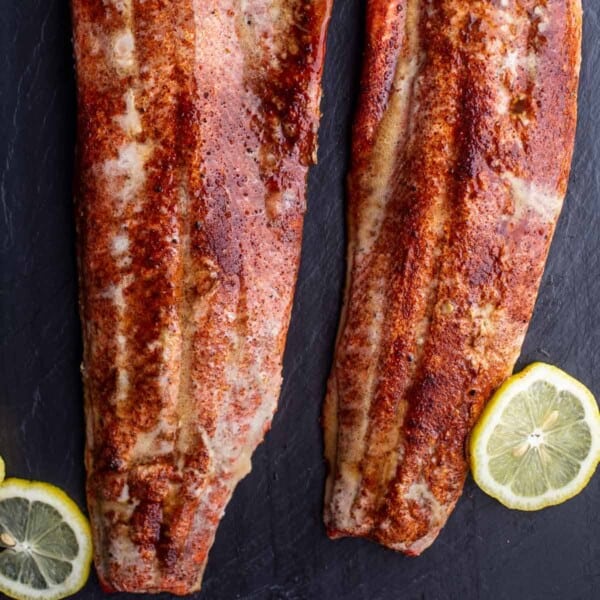
















These pictures are amazing, so does your story, Mary!
Thanks so much!
Great post Mary! A number of points you raised rang true with me (freshness, how some of the wines got a little heavy handed with oak, how these are great food wines because of the tannins, etc). Great pictures too. It was very nice to see how the trip struck you after some time back in the states to process it all.
And good thing you included Juan Gil on your list. Sipping a 2011 Juan Gil silver label as I type this. 😉
Cheers!
How could I leave out the Juan Gil? 😉